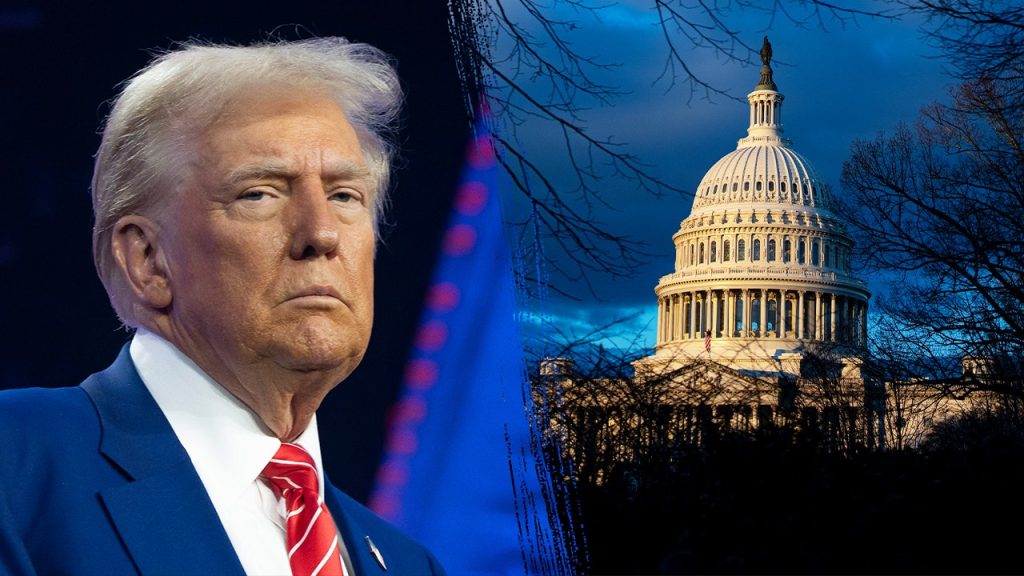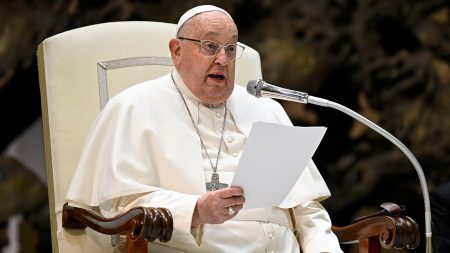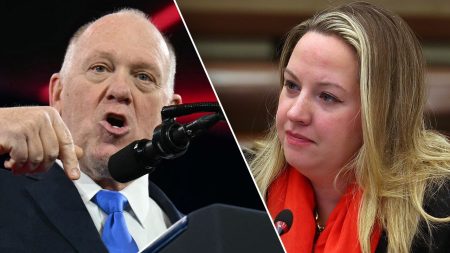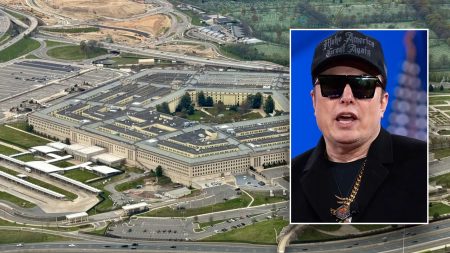The incoming Trump administration is navigating a turbulent transition period, marked by a flurry of job requests, policy debates, and the ever-present shadow of the former president’s controversial past. Susie Wiles, Trump’s newly appointed chief of staff, finds herself at the epicenter of this storm, inundated with appeals for positions and influence within the nascent administration. The sheer volume of requests underscores the immense power Trump wields, even before officially re-entering the Oval Office, but it also highlights the potential for chaos and infighting as competing interests vie for his attention. Wiles, known for her no-nonsense approach, is attempting to establish order and discipline within the transition team, emphasizing teamwork and discouraging internal squabbles. However, managing the expectations and ambitions of numerous individuals seeking proximity to power is proving to be a formidable challenge.
One of the most pressing issues facing the incoming administration is the looming budget battle in Congress. Trump’s preference for a single, comprehensive bill encompassing all his legislative priorities – including budget cuts, energy deregulation, tax cuts, and border security measures – is clashing with the preference of many congressional Republicans for a more piecemeal approach, splitting the agenda into two separate bills. This disagreement stems from concerns about the feasibility of passing such a large and complex bill through Congress, particularly given the narrow Republican majority in the House. Delaying the passage of key legislation could deprive Trump of an early legislative victory and undermine his momentum. The delicate balance of power within Congress, with a razor-thin majority in the House, further complicates matters, potentially empowering hardline factions within the Republican party and hindering Trump’s ability to enact his agenda.
Adding another layer of complexity to the transition is the internal dynamics of the White House staff. Wiles is implementing changes to the traditional hierarchy, downgrading certain positions and restructuring office allocations, moves that, while seemingly trivial to outsiders, hold significant weight within the insular world of Washington politics. These changes reflect Wiles’ focus on streamlining operations and consolidating power within her inner circle. However, such restructuring inevitably creates winners and losers, potentially generating resentment and friction within the staff. Despite these internal challenges, Trump’s trust in Wiles remains steadfast, viewing her as a stabilizing force amidst the often-turbulent environment of his administration.
The influence of external figures, particularly Elon Musk, also adds a unique dimension to the Trump transition. Trump’s affinity for wealthy and powerful individuals is well-documented, and Musk, as the world’s richest person, enjoys a privileged position within Trump’s orbit. This relationship, however, raises questions about the extent of Musk’s influence on policy decisions and the potential for conflicts of interest. The logistical challenges of maintaining this close relationship once Trump returns to the White House remain to be seen, but for now, Musk’s presence adds another element of unpredictability to the already complex transition process.
Looming over the transition is the specter of Trump’s past actions, particularly the events of January 6th. While Trump continues to assert his claims of election irregularities and criticize the Biden administration, the focus remains on the peaceful transfer of power affirmed by Kamala Harris. This underscores the tension between Trump’s ongoing efforts to challenge the previous election results and the imperative of upholding democratic norms. The contrast between Harris’s ceremonial certification of the election results and Trump’s social media pronouncements highlights the deep divisions that continue to pervade American politics.
Ultimately, the success of the Trump transition will hinge on his ability to navigate these complex political currents, both within his own administration and on Capitol Hill. The confluence of competing interests, internal power struggles, and the legacy of past controversies creates a challenging landscape for the incoming president. While Trump retains significant influence and enjoys the unwavering loyalty of his base, the challenges ahead are formidable. The ability to translate his political capital into concrete legislative achievements will be the ultimate test of his second term. Furthermore, his ability to govern effectively while simultaneously managing the ongoing investigations and controversies surrounding his past actions will be a defining characteristic of his presidency. The transition period, while chaotic and uncertain, provides a glimpse into the dynamics that will likely shape the Trump presidency in the years to come.










